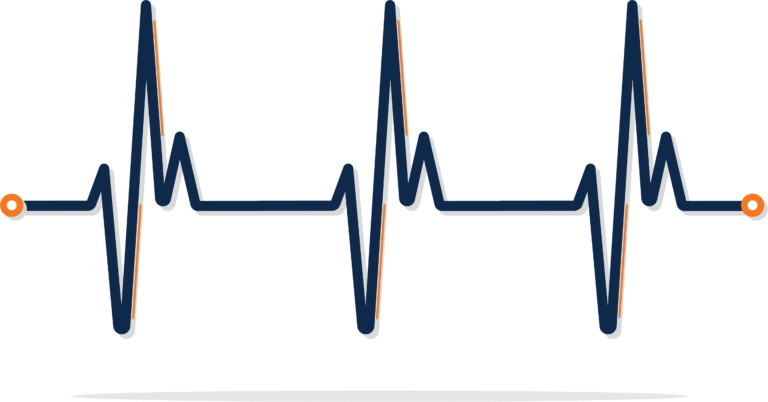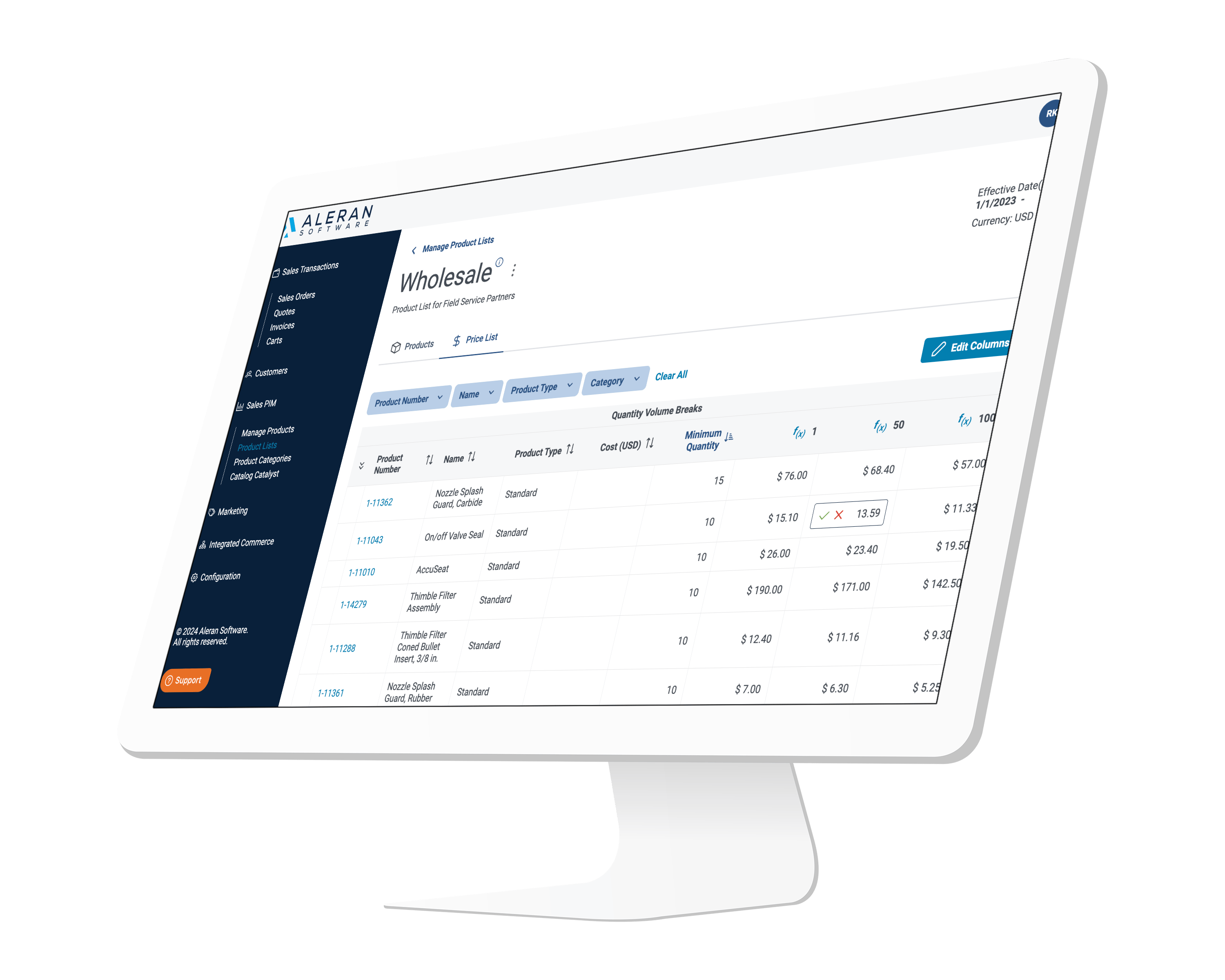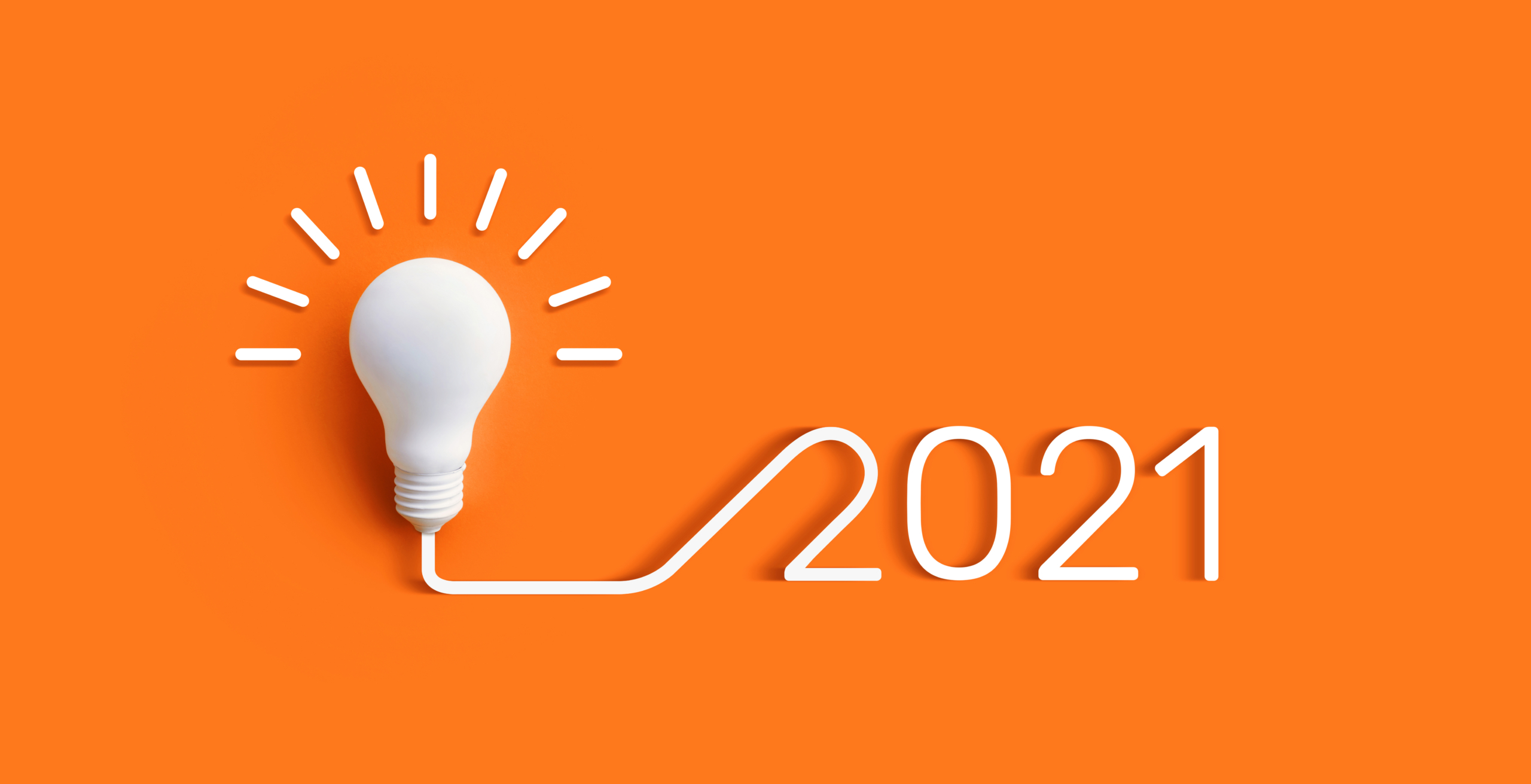When it comes to retail, 2020 was all about the seismic shift to e-commerce. The impact of Covid-19 closures and restrictions forced consumers to turn to online shopping to an unprecedented degree (essentially achieving the equivalent of 5 years of growth in 6 months). Retailers who were able to adapt to both the increased demand and to the remote sales landscape saw big payoffs, while those who were slow or stumbled faced catastrophic business implications. Most of us are ready to turn the page on 2020, but as we look forward to a new year with countless unknowns still on the horizon, what can we reasonably predict for e-commerce in 2021?
B2B that looks like B2C
B2B e-commerce is in the midst of a digital revolution, as buyers expect shopping journeys that mirror the convenience of the B2C experiences they enjoy as consumers. In 2021, expect more shopping experiences that look like the B2C model, but have a distinctly B2B feature set (in particular the self-service tools that B2B buyers prize.) Vertical and horizontal B2B marketplaces that allow you to purchase from different suppliers will also continue to be popular for both buying and selling.
Exponential Growth in DTC
It was a big year for direct-to-consumer brands, with some entrants carving out entirely new categories (weighted blankets, anyone?) and others finding great success in brand partnerships and collaborations. For the DTC model, automated shipping and fulfillment will continue to play a huge role in the new year, so expect to see more fast, flexible options (curbside and drop-ship) and free shipping offers in this space (with plenty of branded packaging, to boot). Finally, the customer-centric omni-channel will continue to reign supreme for DTC especially when it comes to marketing, selling and brand visibility.
Increased Investment in Logistics
For most of the big e-commerce winners in 2020, having a successful distribution and logistics apparatus in place set them up for domination. As we enter 2021, look for more retailers and brands to invest in fulfillment and logistics, whether that’s through the introduction of new subscription models, more drop-shipping, automated inventory management, or new and improved loyalty programs designed to keep customers happy and faithful. Forbes is also predicting an increased investment in autonomous delivery options, i.e. drones and self-driving vehicles to get products to customers over the “last mile.”
AI-driven Up-sells and Cross-sells
As B2B and B2C customers continue to demand e-commerce experiences that feel relevant, streamlined and tailored to their needs, anticipate an uptick in curated shopping experiences at scale, thanks to AI-driven recommendation engines and other technologies which can automate upsells and cross-sells based on data and customer preferences. This kind of suggestive selling tech often pays for itself, increasing the average order size and boosting revenues quickly and easily.
As we move into 2021, flexibility and adaptability will continue to play a major role in successful navigation of a rapidly evolving e-commerce landscape. B2B and B2C decision-makers should be on the lookout for technology solutions that make remote shopping and selling more simple and streamlined — customers in 2021 will expect nothing less.
Follow Aleran on LinkedIn.



